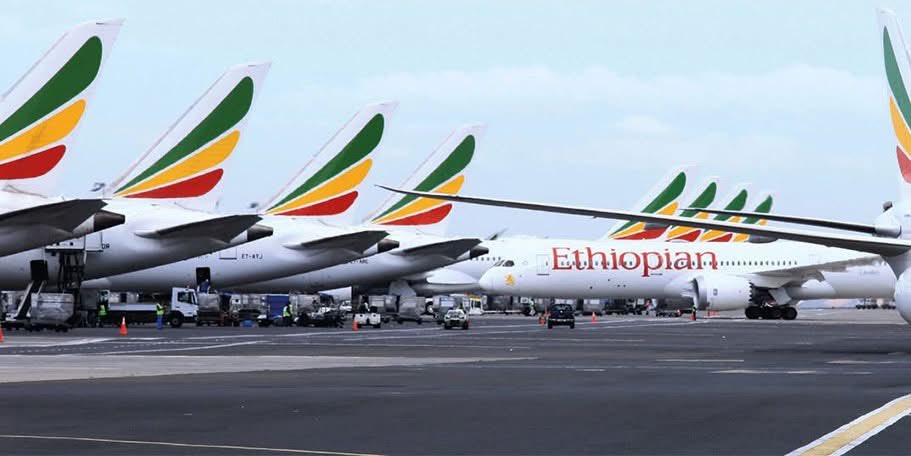
According to the African Freight Council’s (AFC) 2024 report, Ethiopian Airlines has cemented its position as Africa’s cargo leader, commanding an impressive 35% market share. This achievement underscores the airline’s strategic investments in cargo infrastructure, fleet expansion, and logistics hubs—particularly its flagship cargo center in Addis Ababa, which serves as a central gateway for African and global freight.
Kenya Airways and Royal Air Maroc, in comparison, hold a combined 25%, reflecting moderate regional competitiveness but also signaling a significant gap between them and the continent’s frontrunner.
However, while Ethiopian Airlines leads the continent in air freight, intra-African cargo connectivity remains notably underdeveloped, especially in West Africa, where European Union carriers continue to dominate the skies. This over-reliance on foreign airlines highlights a structural weakness: African countries still lack integrated regional air corridors, efficient customs harmonization, and logistical coordination to strengthen trade among themselves.
Key Takeaways:
• Ethiopian Airlines’ success is a model of state-backed enterprise, robust cargo strategy, and pan-African ambition.
• West African airfreight dependency on EU carriers reveals both infrastructure and policy shortcomings.
• The African Continental Free Trade Area (AfCFTA) could improve regional air cargo if matched with improved air traffic rights and investments in regional hubs.
• Calls for deeper regional airline partnerships are growing, as stakeholders push to reduce costs, improve logistics, and reduce foreign dependency.
As Ethiopia rises in continental logistics power, the pressure is on for African governments and airlines to rethink strategies, strengthen regional connectivity, and build an air cargo network that truly serves Africa’s economic future.






